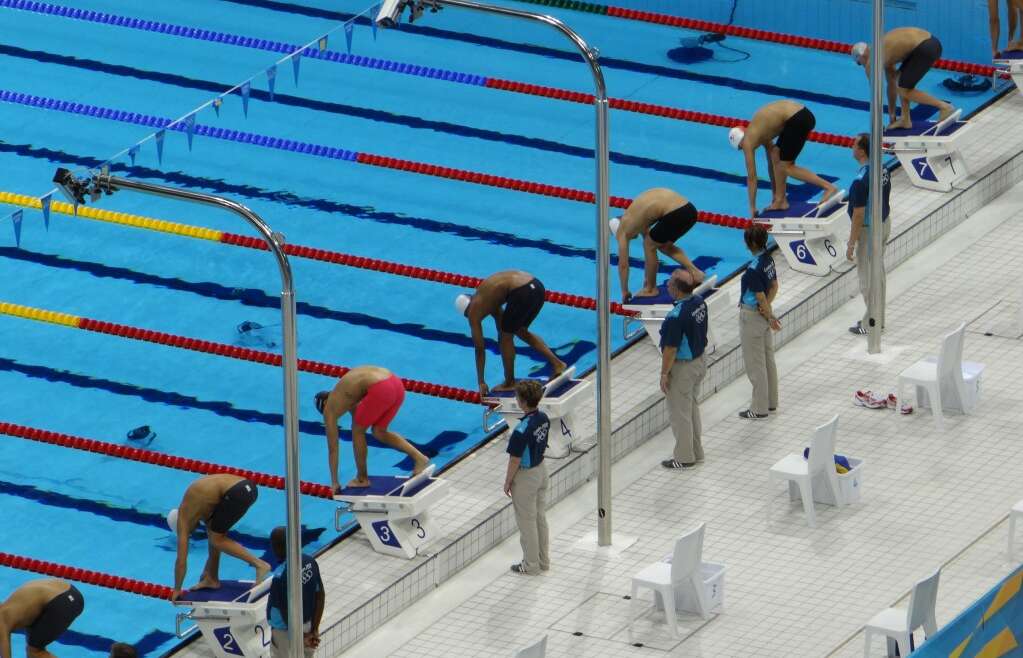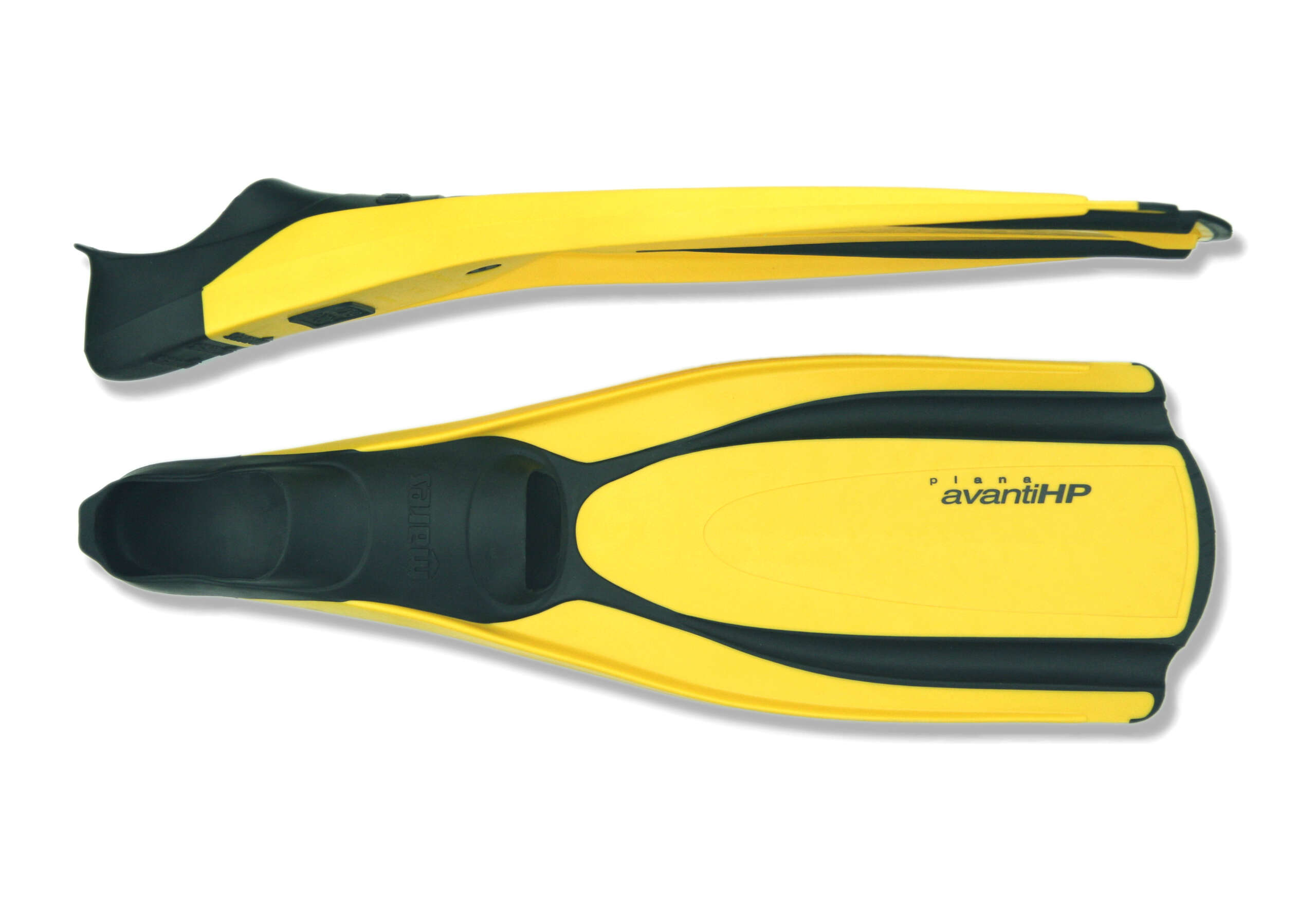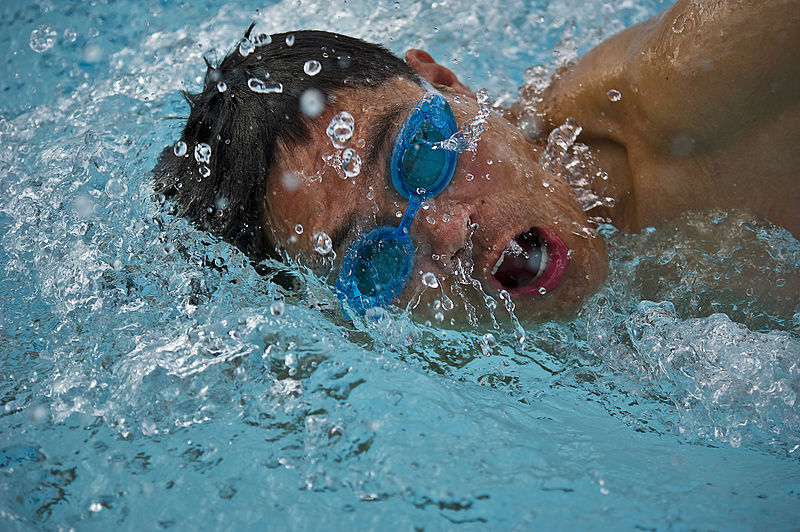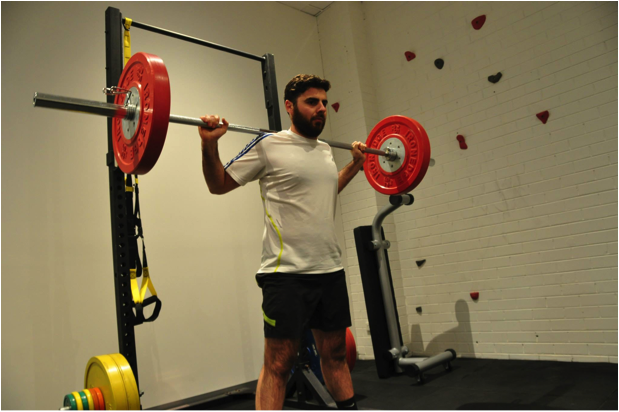Swimming is a fantastic way of exercising; it is non-weight bearing, can help improve the strength and flexibility of your muscles and joints, and good for general health. Building on from last week’s article, the fundamentals of freestyle, the tips in this article will have you gliding through the pool effortlessly in no time at all.
1. Know the basics of the ‘front crawl’ (freestyle)
Read this article for a good overview of the fundamentals of the front crawl.
2. Use drills and swimming aids to practice specific parts of the stroke
Given there are so many parts fundamental to the front crawl, almost everyone has areas of their stroke they can improve on. Three drills that we commonly recommend are:
i. The use of a peanut floatie or flippers: Many beginners have trouble with their legs sinking. Using flippers or a floatie can decrease the amount of leg drop in the water, whilst allowing the swimmer to continually work on and improve their stroke technique.
ii. Using paddles: When starting out, swimmers can find it challenging to feel what the best hand position is for their catch and pull. Paddles allow for a greater feel of the water against your hand. You will quickly find out what hand position creates the greatest amount of forward propulsion.
iii. Using a snorkel: Breathing can be one of the most challenging parts of learning to swim (see point 3). The use of a snorkel allows the swimmer to improve the other parts of their stroke, whilst not having to worry about turning their head to breathe. Breathing drills can be introduced separately.
 3. Learn to breathe on both sides
3. Learn to breathe on both sides
Breathing on both sides can be tricky, but if you take the time (usually about 2-3 weeks) to perfect it, you won’t know how you used to swim without it! First, start by doing a few strokes on the spot by standing in the water, practising bi-lateral breathing. When focussing on breathing the rest of your technique can suffer, so when you first try to breathe on both sides use a peanut floatie or flippers to help propel you through the water more easily. Once you are comfortable with this, you are ready to try bi-lateral breathing with no assistance. Remember to always breathe within the bow wave (pic below) just in front of your shoulder.
4. Quality over Quantity
When first getting in the pool, don’t worry about how far you can swim or what speed you can hold – this will just lead to injuries, burnout and a lack of enjoyment. All you should be worrying about is improving the efficiency and smoothness of your stroke. After you have dialled your stroke in, the improved times and distance will come naturally.
5. Do another form of weight-bearing exercise
As we eluded to before, swimming is a great form of exercise, but is not necessarily the best way to maintain and improve your bone density. People who only exercise by swimming should strongly consider adding in some weight-bearing exercises such as resistance training or running to complement their training and help maintain a healthy bone mass.
I have thoroughly enjoyed writing this two part series on the front crawl and hope that you were able to take a few good points from them. These articles are by no means a comprehensive account of the front crawl, rather more of a summary to help get you started and promote early progress in your swimming. If you are still having trouble with your freestyle stoke checkout swimsmooth.com or talk to a health professional or coach who is familiar with swimming.
About the Author:
Dr. Nicholas Tripodi is a Co-director and Osteopath at the Competitive Sports Clinic located in the Essendon District. Nicholas has particular interests in sports injuries, exercise rehabilitation and running and cycling analysis.


 3. Learn to breathe on both sides
3. Learn to breathe on both sides
